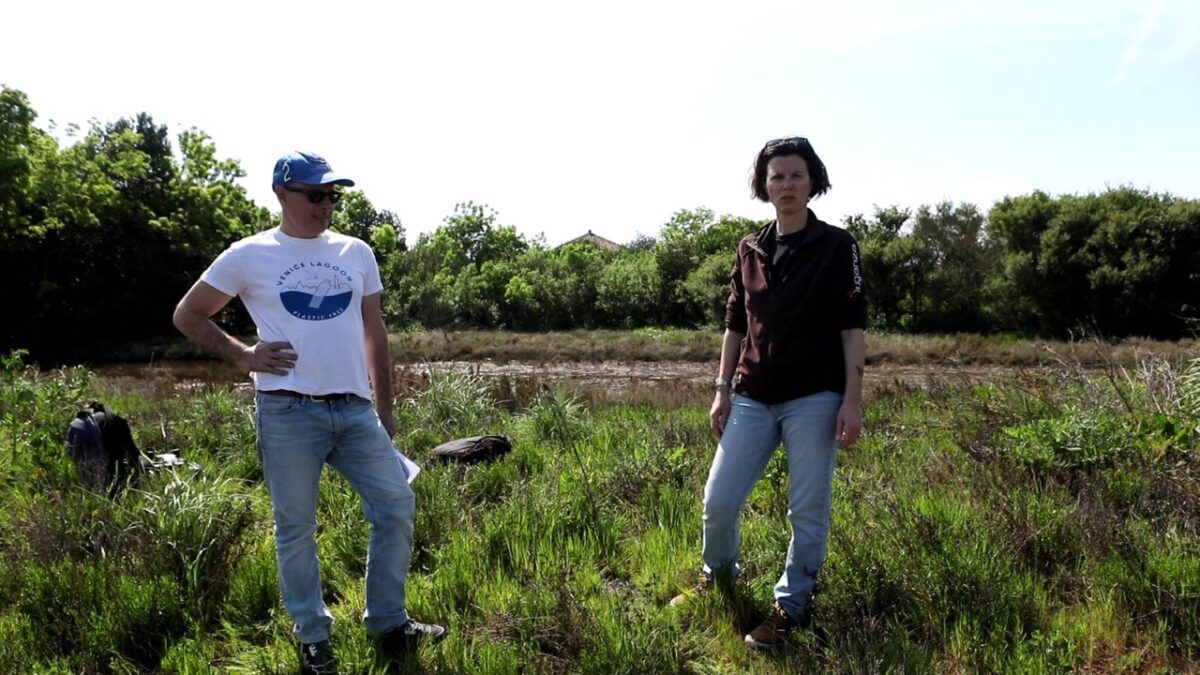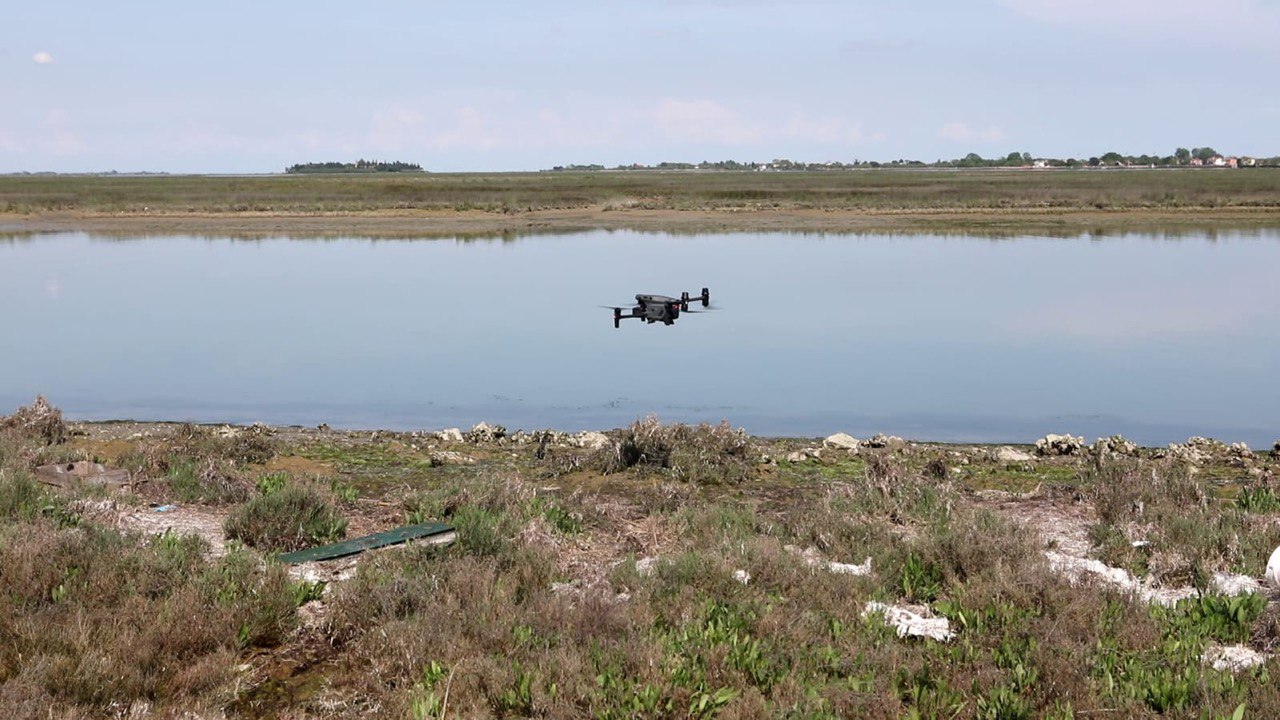On April 23rd, a pilot test for detecting the density and types of marine litter was conducted in a section of the Island of Lazzaretto Nuovo, thanks to the valuable collaboration of the Lazzaretti Veneziani association. The test involved the use of an UAV (DJI Mavic 30 Enterprise model), operated by the Poseidone Association, and included data processing using machine learning and artificial intelligence. The initiative was carried out in collaboration with the Department of Computer Engineering at Mohamed I University (MOH) in Oujda, Morocco.
This test was part of the activities of the HEUROPE REMEDIES project, of which VLPF is a partner. The goal was to identify areas with a higher concentration of marine litter and classify the main categories of waste, using high-definition images and videos captured by the UAV flown at different altitudes. The collected images will be used to attempt automated recognition of the three main categories of waste identified during the survey.
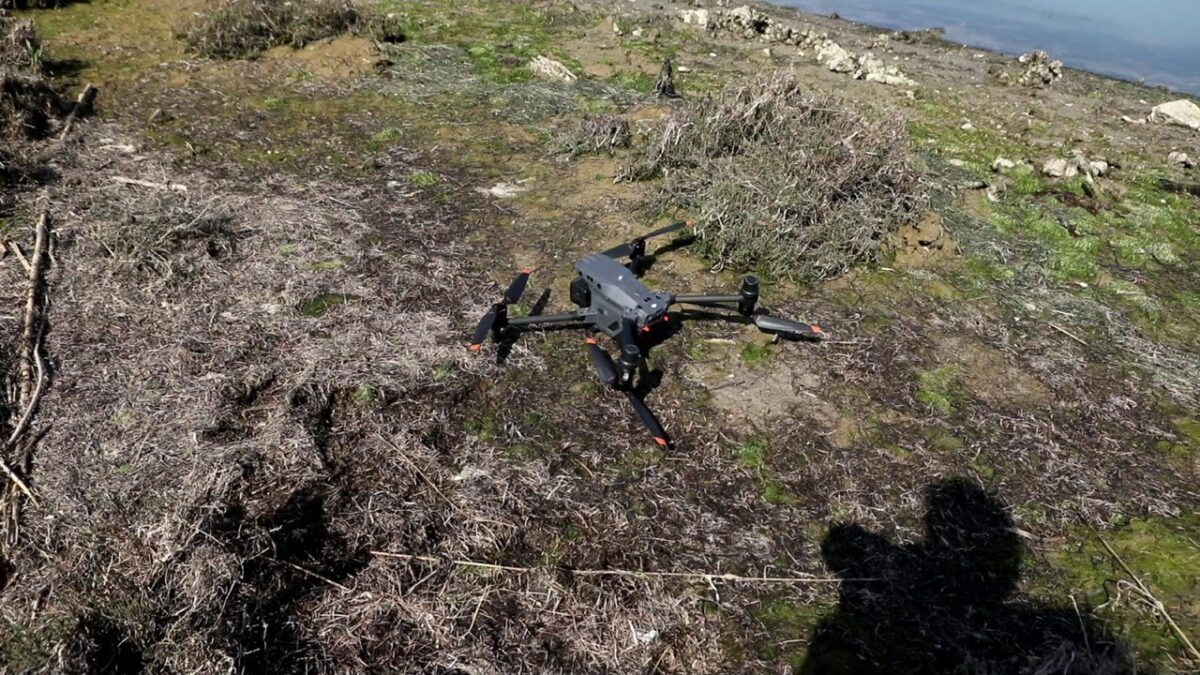 The data acquisition session involved three different flight plans at various altitudes over the same 100-meter transect, as part of the following flight missions:
The data acquisition session involved three different flight plans at various altitudes over the same 100-meter transect, as part of the following flight missions:
- Flight 1 – High Precision: conducted at an altitude of 4 meters. Advantages: Very high-resolution ground imagery, ideal for training the AI model to detect small-scale marine litter.
- Flight 2 – Wide Coverage: conducted at an altitude of 6 meters. Advantages: A broader view of the area, useful for environmental context and overall validation of the findings.
- Flight 3 – Global Surveillance: conducted at an altitude of 10 meters. Advantages: A comprehensive view of the area, ideal for large-scale monitoring and site assessment. It also facilitates testing of the AI model in a broader context.
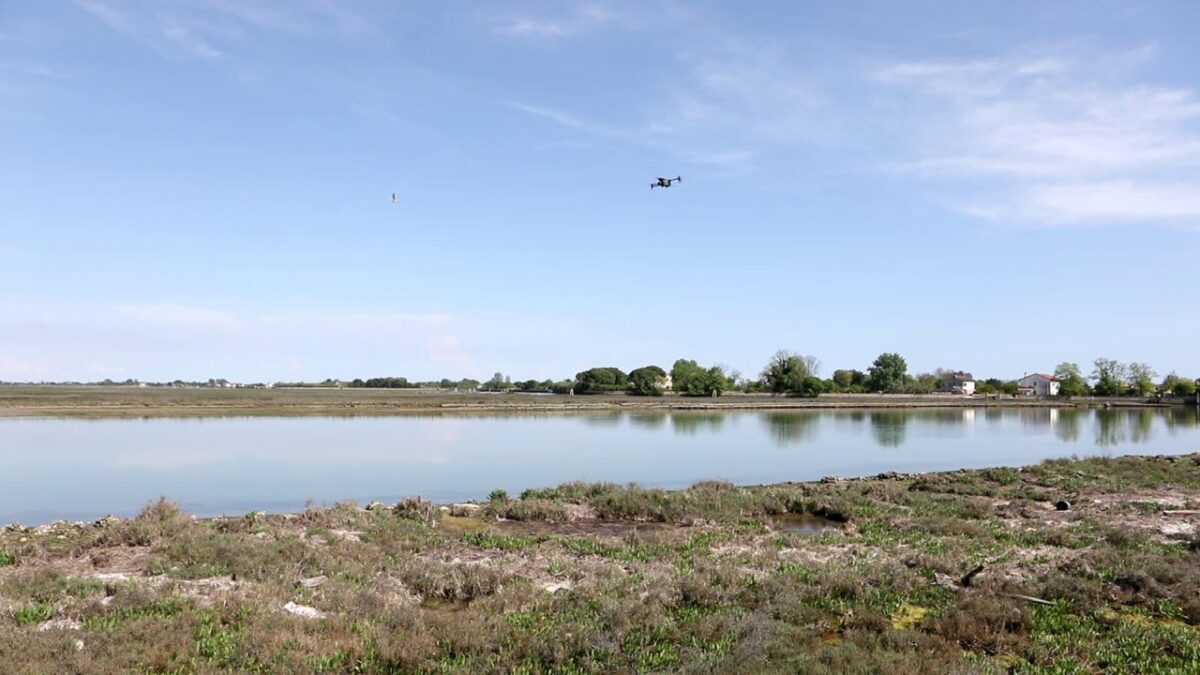
These three distinct flight missions allowed for a comparison of data quality at low, medium, and high altitudes and contributed to building a robust database with real-world images and videos. The challenging terrain and typical lagoon vegetation of Lazzaretto Nuovo presented a complex environment for AI processing, making the dataset particularly valuable for training and evaluation.
Moreover, the flights were primarily aimed at collecting high-quality imagery from multiple altitudes to support more effective training and assessment of the AI-based marine litter detection model.
The results of the test will be validated through concurrent manual monitoring using the app developed by VLPF under the REMEDIES project, with technical support from INFORDATA. This app enables classification and recording of waste according to European protocols, generating data compliant with EMODnet (European Marine Observation and Data Network) standards, for which VLPF serves as a data provider.
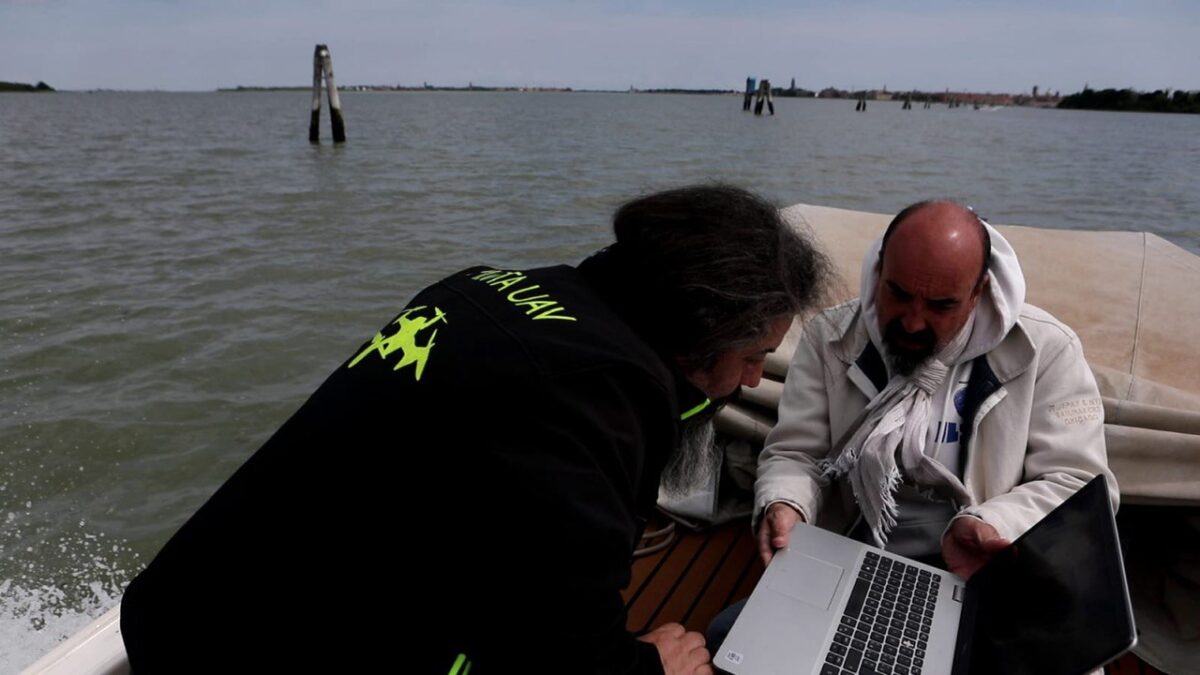
The final data will be uploaded to the REMEDIES platform under the section “aerial drone campaigns” for automated processing by MOH’s AI model. On the REMEDIES platform, the scientific EMODnet monitoring data will be directly comparable with litter identified by MOH’s AI system.
The Island of Lazzaretto Nuovo is one of the most evocative and historically significant areas in Venice. Built in the 15th century, it served as a quarantine and inspection station for people and goods, especially those arriving from the East. In the 19th century, it became part of the lagoon’s defensive fortification system. Today, it is the only Venetian island successfully reclaimed through a non-profit participatory urban regeneration project. It has been restored to public use as an eco-museum, attracting thousands of visitors from around the world and hosting numerous educational, research, and outreach activities. It also houses the Archaeological Depot of the Ministry of Culture and is surrounded by the last remaining natural barene (saltmarshes) near the historic city. With its nature trail “The Saltmarsh Path,” the island offers a glimpse into the unique lagoon ecosystem.
Its controlled visitor access and limited human presence make Lazzaretto Nuovo an ideal location for citizen science initiatives, particularly for monitoring exogenous marine litter that continuously accumulates along its shores.
